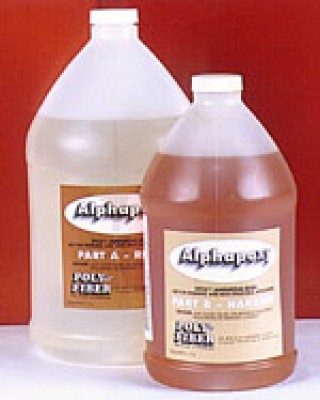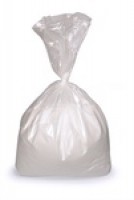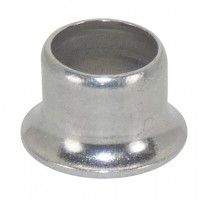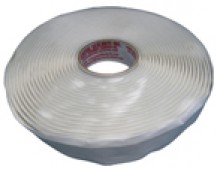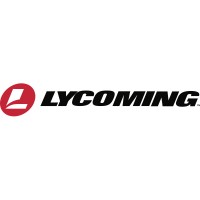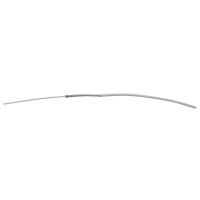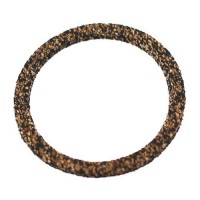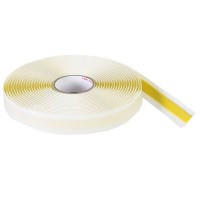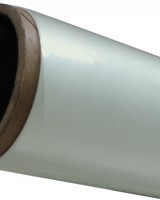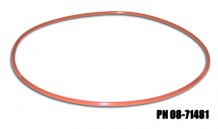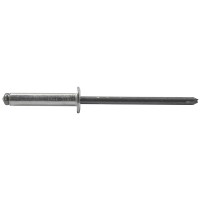Aircraft Spruce Canada
Brantford, ON Canada
Corona, CA | Peachtree City, GA
Chicago, IL | Wasilla, AK
Alpha Poxy Resin 7/8 Gal
MFR Model# 14APR4
- JUMP TO
- Overview
- Documents
- Reviews
- Q&A
- View in Catalog
Overview
|
Available exclusively from us AlphaPoxy is a low-cost flexible epoxy system that is ideal for laying up non-structural parts like wheel pants, or fairings. Because it is flexible, we don't recommend it for structural applications, such as fabricating load-bearing structural aircraft parts. Use PolyEpoxy for these applications. This is a low-viscosity system specifically formulated for filling with microballoons, cotton flox, or milled glass fibers to make slurries. It was designed for maximum sandibility; when cured, it is soft enough to be easily cut with sandpaper smoothing a breeze. AlphaPoxy is also excellent when used as a final filler resin over structural parts when an epoxy gel coat is called for. You can use it in place of polyester resins for a much more durable part at a very attractive price. |
Documents
- MSDS (PDF)
Reviews
I mix this stuff with EZ-10 and microballoons for a lightweight easy to sand filler
Great epoxy for non structural work and with micro balloons for sanding as a filer sand-able in 18 hours @ 72 degrees. I also use the resin with a structural hardener with great success. Viscosity is thinner so the flow out is great with EZ epoxy 83 hardener. I like using the stuff and recommend it on your build.
I have not used this product, but I have looked it up. From the MSDS published for the product we find that the resin is D.E.R. (Dow Epoxy Resin) 324. You can look this up on the Dow site (actually Olin now) and DER 324 is an interesting product. A literature site for this is: https://www.olinepoxy.com/literature-resources/. DER 324 is a diluted DER 331 (a standard Dow epoxy) with an ether. The diluet makes the product much thinner and adds a lot of flexibility. It does not reduce its strength significantly. The site has the technical data for the product. We dont now what is used for the hardener, but if it is Dow Epoxy Hardener (D.E.H.) 24 (a standard hardener) we find that the strength and stiffness is nearly identical to Aero Poxy. However, the elongation is nearly for times as much. This means that this epoxy will absorb about four times the energy before breaking as the Aero Poxy. At half the price, this looks like a gem. The exact nature of this product is based on speculation on my part, but if it is DER 324 and DEH 24 I think you have a winner. It is too bad that someone does not just repackage DER 324 and DEH 24, say so, and give the technical specs. You should probably do some comparative testing of samples. This could be done by supporting the samples on the ends and placing weights in the middle. The more weight the sample will hold the better the strength. The more it bends per weight the lower the stiffness. The more it bends before breaking the higher the elongation and energy absorption.
A mysterious product. Not much information can be found in regards to specific properties. no information other than the mixing ratio was included in the package. that's the minus 1 star, other than that. works as described and I like the thought of a low cost alternative to other epoxy systems.
Very dfficult to adhere when applying
Q&A
Please note, Aircraft Spruce Canada's personnel are not certified aircraft mechanics and can only provide general support and ideas, which should not be relied upon or implemented in lieu of consulting an A&P or other qualified technician. Aircraft Spruce Canada assumes no responsibility or liability for any issue or problem which may arise from any repair, modification or other work done from this knowledge base. Any product eligibility information provided here is based on general application guides and we recommend always referring to your specific aircraft parts manual, the parts manufacturer or consulting with a qualified mechanic.
Alpha Poxy will adhere to polystyrene, and polyurethane foams. I could not find info on polyethylene foam.
Mixing ratio is 2 to 1 by weight or volume.
This is a laminating epoxy for fiberglass, and other fabrics, but you can brush it on particle board, or other wood for sealing. We just do not have any data on how well it works as a sealer.
Yes, it is not a tooling epoxy, but it can be used.
Tack free time is approximately 6 hours, but can be longer in cooler working temps.

 Aircraft Spruce Canada
Aircraft Spruce Canada
